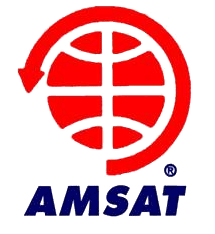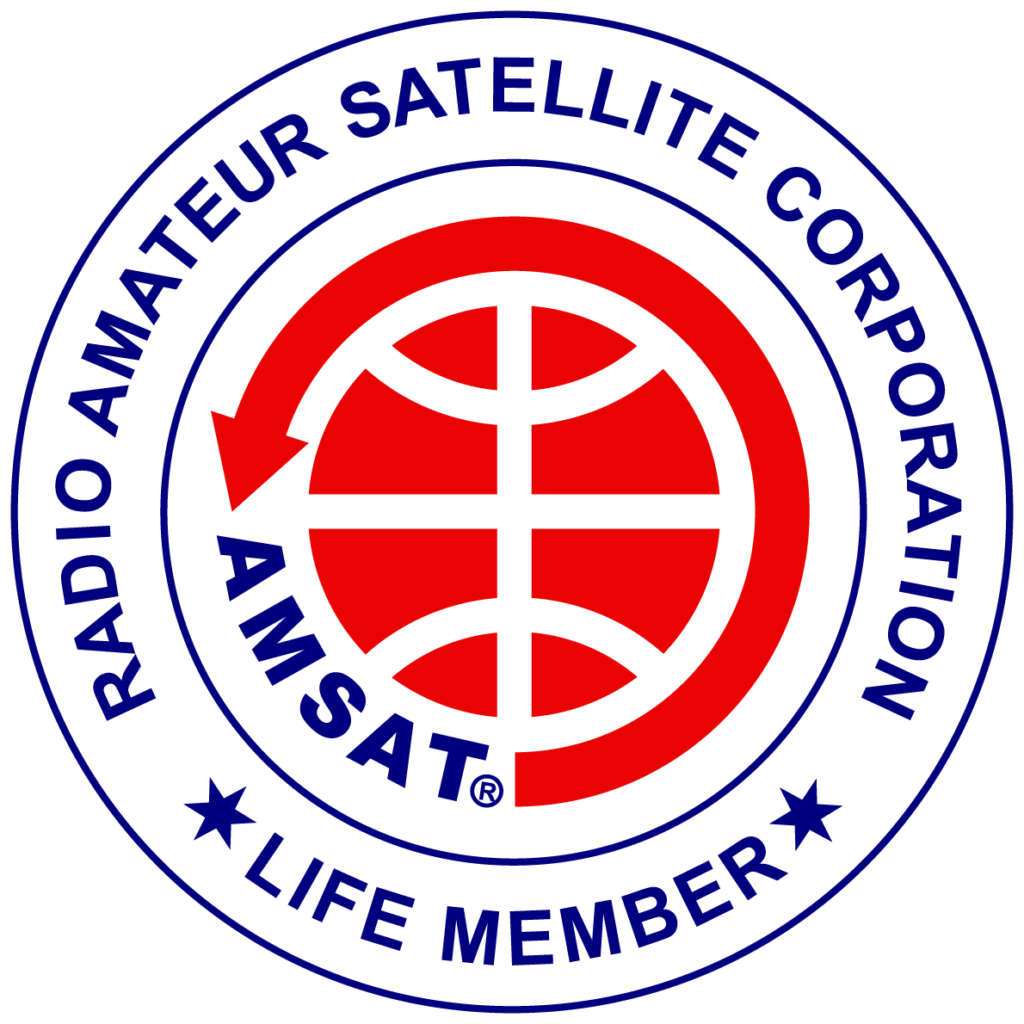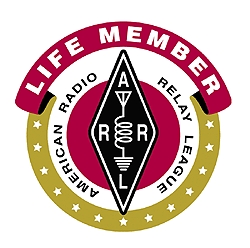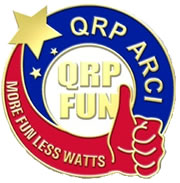Our W1LY Field Day was much nicer this year due to better weather. It was warm and breezy but not to hot and humid until Sunday — when the humidity picked up along with the temperature. Still, it was MUCH nicer than 2012 when the heat index was in excess of 100 degrees.
While the serious FD action was on the “other side of the road”, the more casual operation (GOTA, 2m SSB, and Satellite rigs) moved to the Pavilion, which was a wonderful place to setup, but horrible in terms of noise. There were power lines running about 10 feet in back of the pavilion. Even so, by adjusting the K3 noise blanker, the GOTA folks were able to eek out about 150 contacts over the course of the event.
As for the satellites, the noise was over S9 on 144 MHz, so that made AO-07 contacts impossible. I wound up moving the satellite station to my truck and put it about 100 feet away for the power-lines and did just fine with FO-29, making three contacts. As fate would have it, the first one was with K4BFT, Huntsville Amateur Radio Club, where I was first licensed as a novice in 1970. Julian, N1UHP, gave SO-50 a try on FM but it was bedlam — he never heard any transmission longer than 5 seconds before it would be stepped on by someone else. It would be an excellent idea for a home AMSAT member with decent equipment to act as a control station and run a list for SO-50 — otherwise, FM is a non-starter for satellite work during Field Day as far as I am concerned.
My other experiment was running the GOTA station off of a 60 AH LiFePO4 battery and 100 watt solar panel. That turned out to be an excellent plan. The GOTA station was heavily used from 2 PM on Saturday until 1 AM on Sunday. The panel was in full sunlight from 2 PM until 6 PM, at which point it was mostly in shade. I removed the panel at about 9 PM. During those first four hours, the panel provided pretty much 100% of the power — no doubt some peaks were supplied by the battery, but at no point did the charge controller actually shift into charge mode. From 6PM until 9PM, the solar panel was producing enough power to run the RX, but TX was draining the battery. During that 6PM to 1AM (7 hours), 12.2 AH were consumed. That’s well below 2 AH per hour. On restoration of operation at 7 AM Sunday, the panel was back in the shade until about 10 AM, at which point it was in full sunlight until 2 PM. The solar panel had no problem keeping up with the power demand and had fully recharged the battery by 1 PM. By the end of the contest a total of 14.3 AH had been removed from the battery. The conclusion is that the 60 AH battery probably would have been more than enough to run the K3 GOTA station by itself.
By the way, my 100 watt panel puts out about 6 amps at 18 volts during full sun. However, anything above 14.4 volts (the maximum charge voltage for a LiFePO4 battery), is wasted. So only about 86 watts are actually “useful”. However, by using a Genasun MPPT controller, I was getting an output of close to 7.5 amps at 14.4 volts. That is a substantial gain in usable power — greater than 25%.
Field Day went well. I’m hearing numbers around 3000 QSOs (up about 20% from the prior year). The GOTA station had about 130 QSOs, and three runs of 20 (getting a 4x bonus since we had a full time GOTA coach at all times). Most of the GOTA operators were under 18, which is a 20 point bonus minimum for each operator as well. All the PR bonus and message handling bonus points were earned, and we held an intro class for our newly licensed hams and gave them their HTs. Hopefully all this “Bonus” activity plus the additional Qs will help drive us back into the top 10 this year (we were in 14th place last year in the 2A Category).








